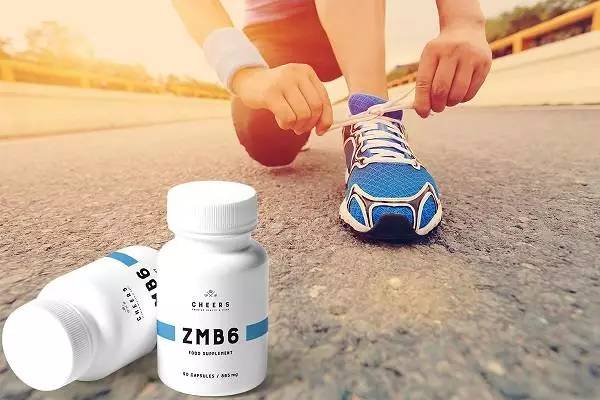 Zinc is a trace element that can be found in all the cells of a body. As a cofactor of numerous enzymes, zinc is responsible for regulating the life cycle of cells, protects them from the influence of free radicals, conditions synthesis of nucleic acids and proteins. It regulates functioning of numerous systems – which makes it important to take care of the right supply of zinc in the diet. We don’t need that much of it – the recommended daily consumption of zinc for an adult is 10 – 11 mg on average. How to provide this much of zinc with the diet?
Zinc is a trace element that can be found in all the cells of a body. As a cofactor of numerous enzymes, zinc is responsible for regulating the life cycle of cells, protects them from the influence of free radicals, conditions synthesis of nucleic acids and proteins. It regulates functioning of numerous systems – which makes it important to take care of the right supply of zinc in the diet. We don’t need that much of it – the recommended daily consumption of zinc for an adult is 10 – 11 mg on average. How to provide this much of zinc with the diet?
Zinc is present both in plant-based and animal-based products. The best sources of it are grains, especially whole grains, as well as nuts and pumpkin seeds.
Sample zinc content in 100 g of a product is:
– pumpkin seeds 7,5 mg
– cocoa 6,5 mg
– buckwheat 3,5 mg
– almonds 3,2 mg
– sunflower seeds 2,7 mg
– rye bread 2,5 mg
Plenty of zinc can also be found in meat, especially in offal. 100 g of calf liver contains whole 8,4 mg of zinc, while beef contains about 3,7 g. Often listed as a rich source of zinc are fish and seafood – although they provide slightly less zinc than the products mentioned above. The average zinc content in fish is 0,5 – 2,5 mg.
In vegetables and fruits we won’t find much zinc. Among vegetables, the highest amounts of this element can be found in parsley leaves, green pea, legumes or fava bean. When it comes to fruits, on the other hand, zinc can be found in bananas, apples and oranges, but there’s not much of it.
Also milk, dairy and cheese make moderate sources of zinc. Judging by the available statistics, one can conclude that providing about 11 mg of zinc daily should not be a problem – all it takes is having a piece of liver or a handful of pumpkin seeds. But such simple mathematics is not enough to estimate the amount of zinc provided by the diet – one should take into account the limited absorption rate of zinc for the given foods. On average it is only 30 – 40%. Which leaves a significant impact on the zinc level in the body and may contribute to deficiency of it.
The absorption rate of zinc, which also means its bioavailability, depends on the source of zinc in the diet as well as the influence of external factors. When it comes to the easiest to absorb sources of zinc – it is undoubtedly meat, fish and seafood. It is much worse with absorbing zinc from vegetables and grains, and the biggest contribution to limiting the bioavailability of zinc comes from the phytic acid present in these products. It is a non-digestible compound that doesn’t provide any nutrients – while also limiting absorption of many minerals from the digestive tract. Nuts, legumes and cereal seeds, constituting some of the richest sources of zinc, contain a whole lot of phytic acid – which makes the absorption of zinc from them very poor.
Other factors that limit the absorption rate of zinc are alcohol consumption, using hormonal contraceptives, bowel inflammations, diarrhea and vomiting.
Zinc deficiency impacts nearly 30% of us – but not everyone is aware of that. That’s because the symptoms of zinc deficiency are not characteristic and they look like symptoms of deficiencies of other vitamins or minerals. We’re talking about things like weakening, worse condition of the skin, hair and nails, depressive states, lowered immunity. More characteristic symptoms are smell and taste disorders, problems with fertility and libido, blood glucose and cholesterol level disorders or lowered alcohol tolerance.
In order to prevent such common zinc deficiencies, all it takes is enriching the diet with zinc supplements. The recommended dose of zinc in pills is about 10 mg, which is as much as the daily requirement for that element. The most effective are the organic forms of zinc, such as zinc citrate – they are the easiest to absorb. The bioavailability of zinc is also positively influenced by the lack of synthetic additions. It is desirable, on the other hand, to combine zinc with magnesium and vitamin B6 – such combination is characterized by the best absorption rate.
You must be logged in to post a comment.
Visitor Rating: 5 Stars